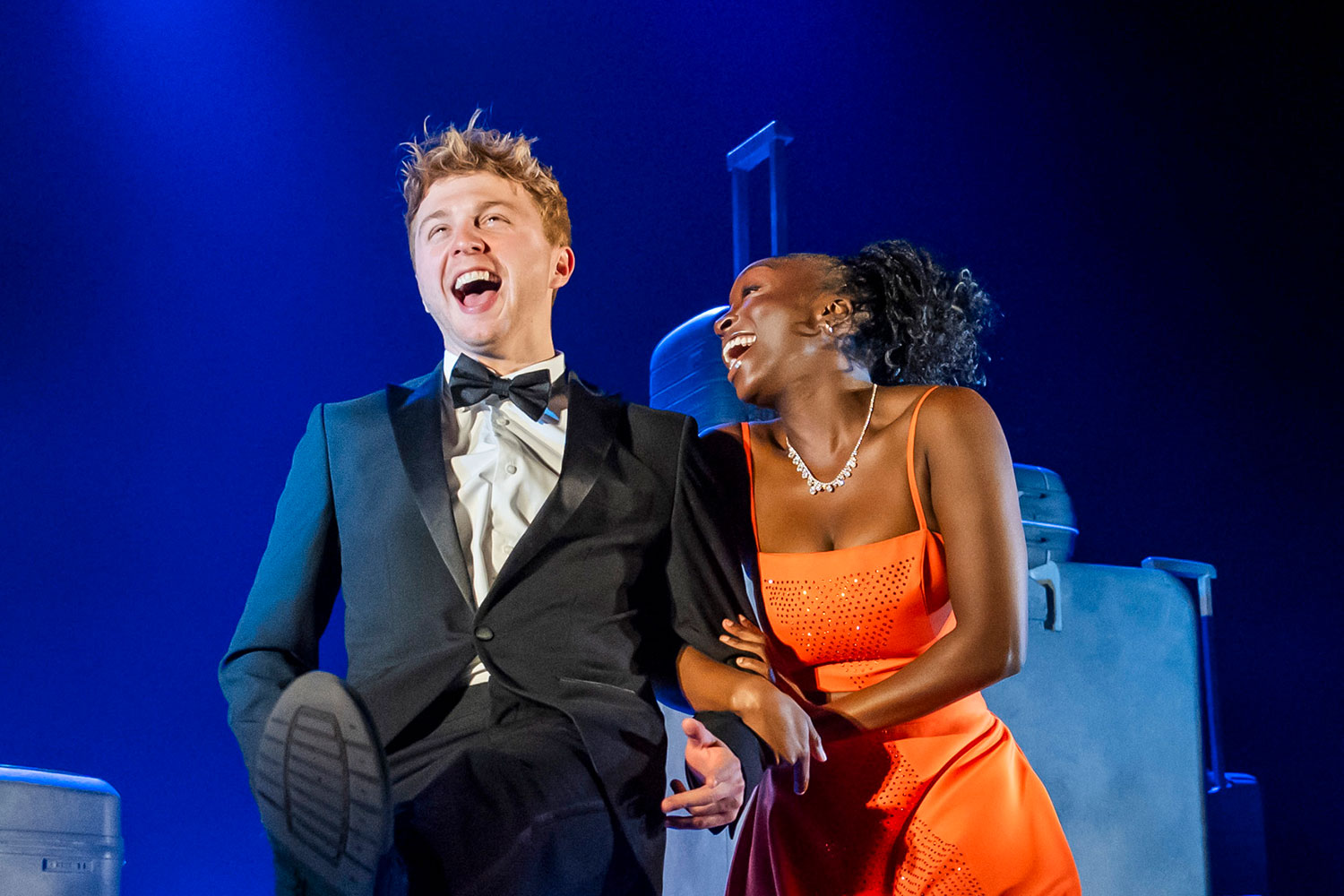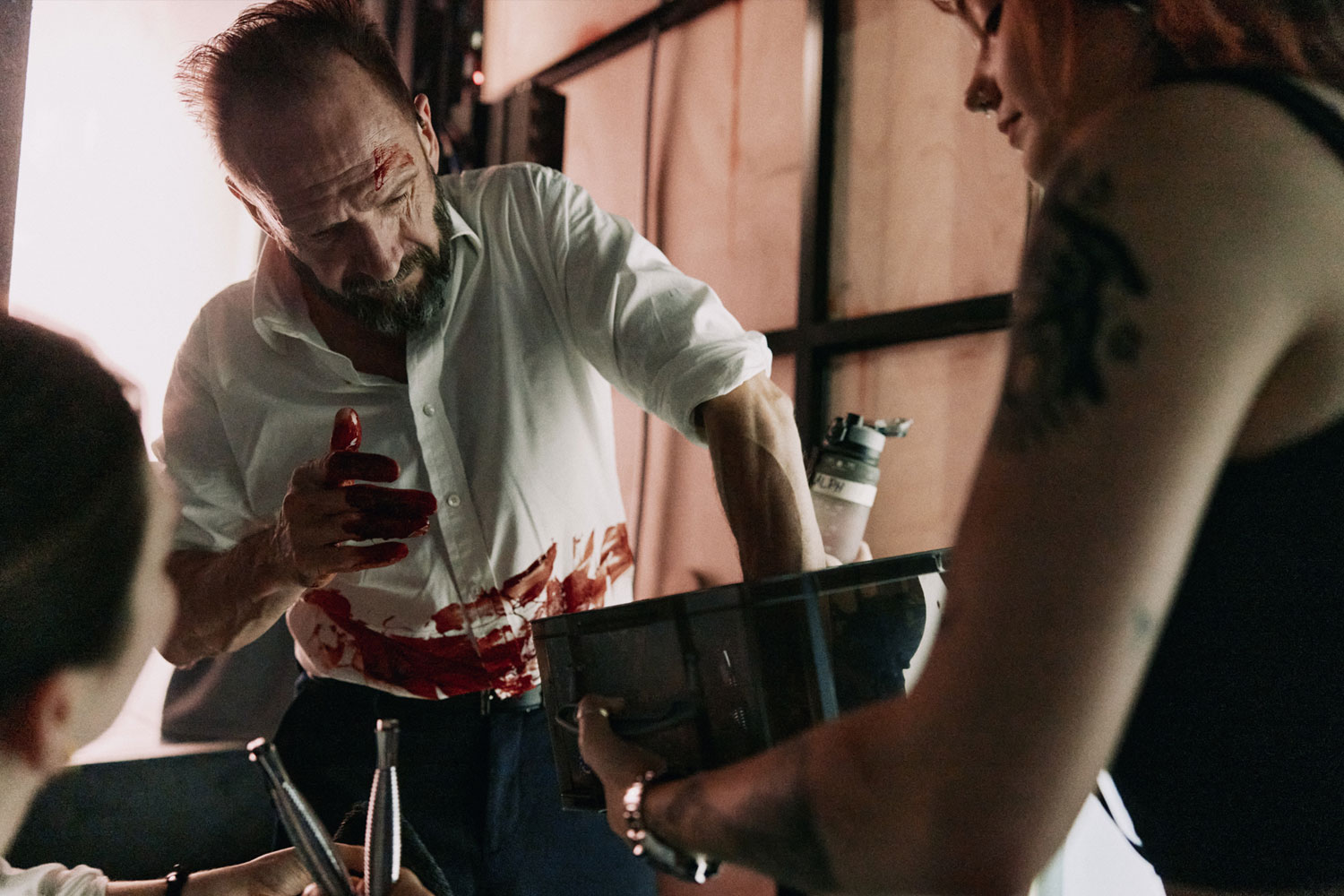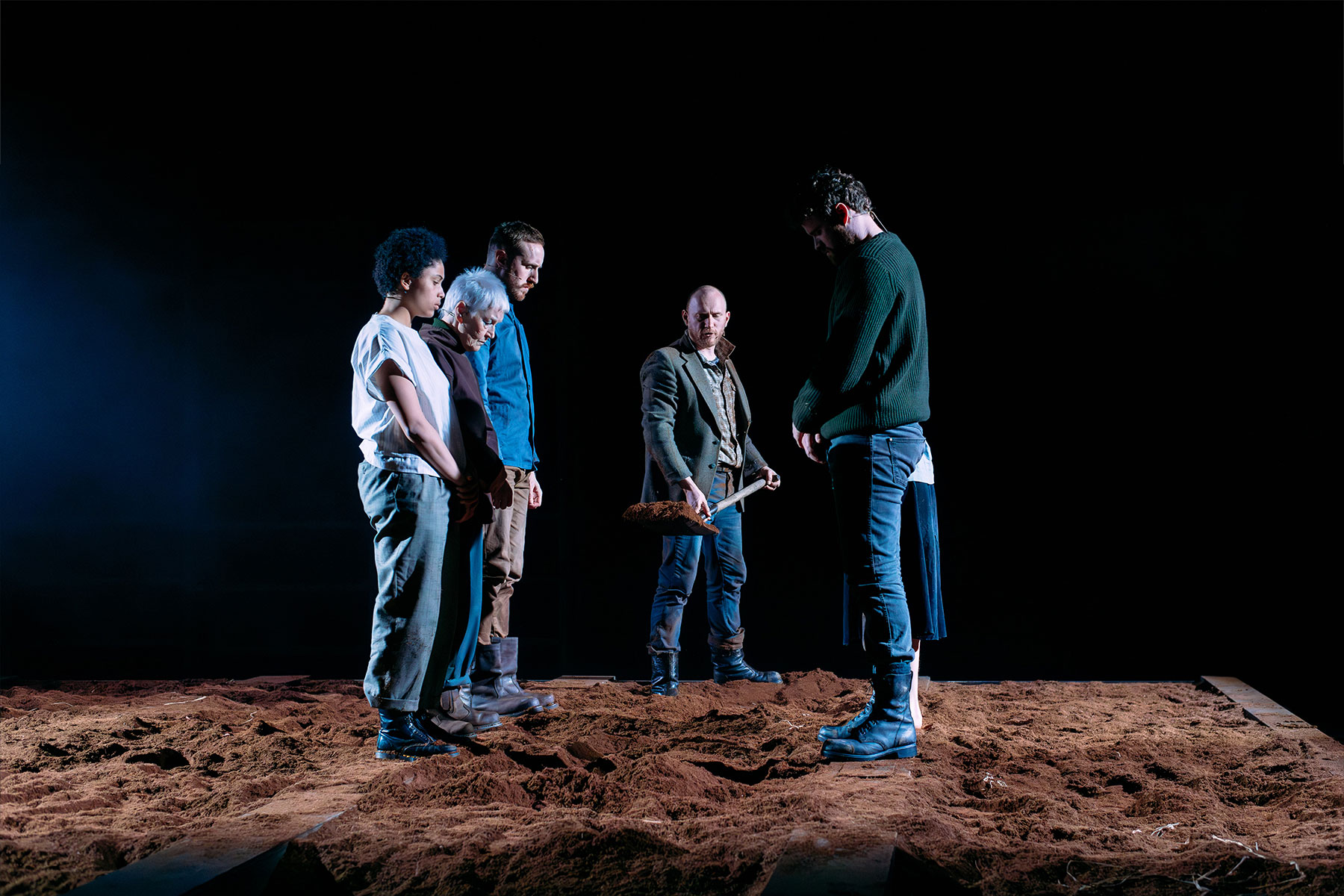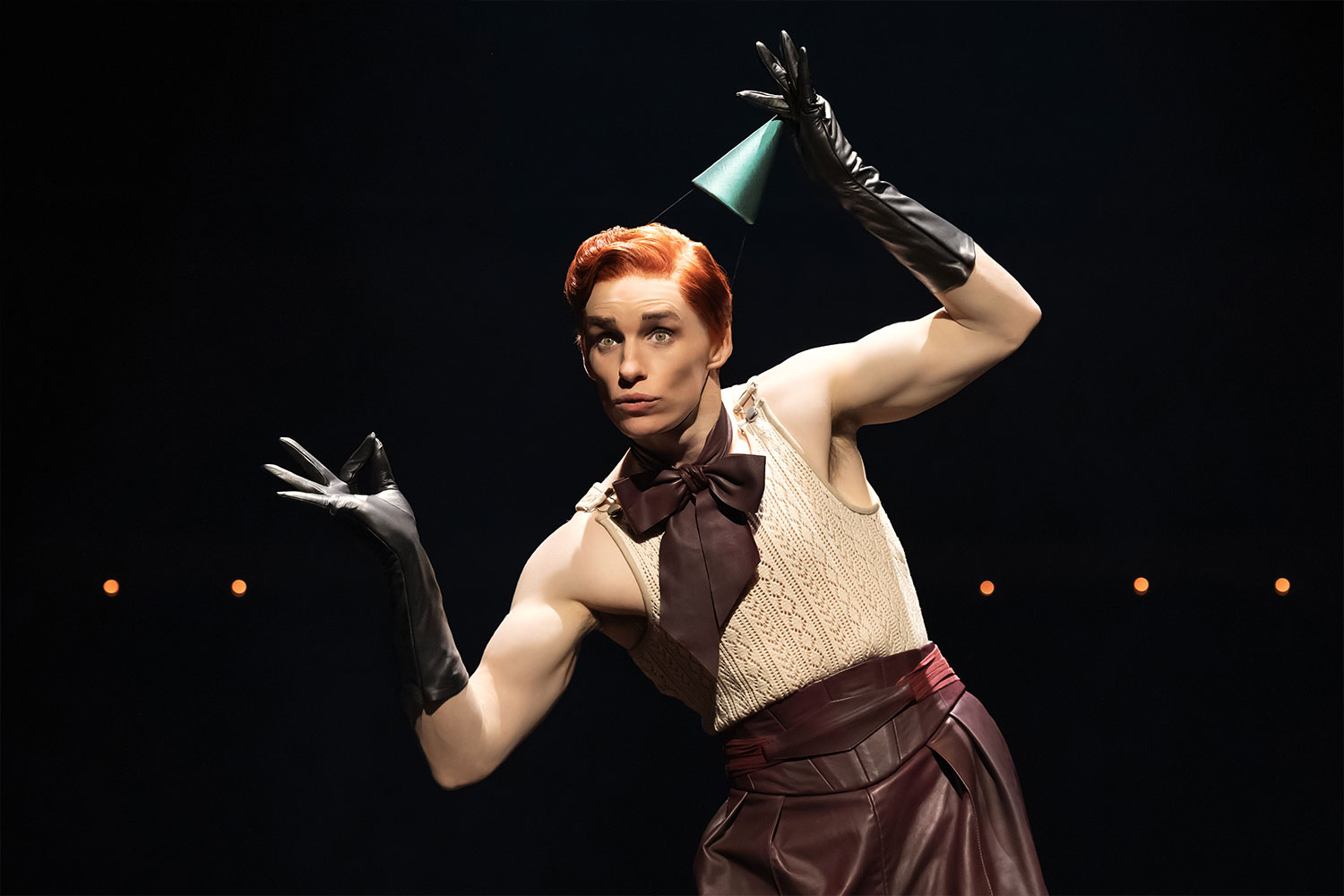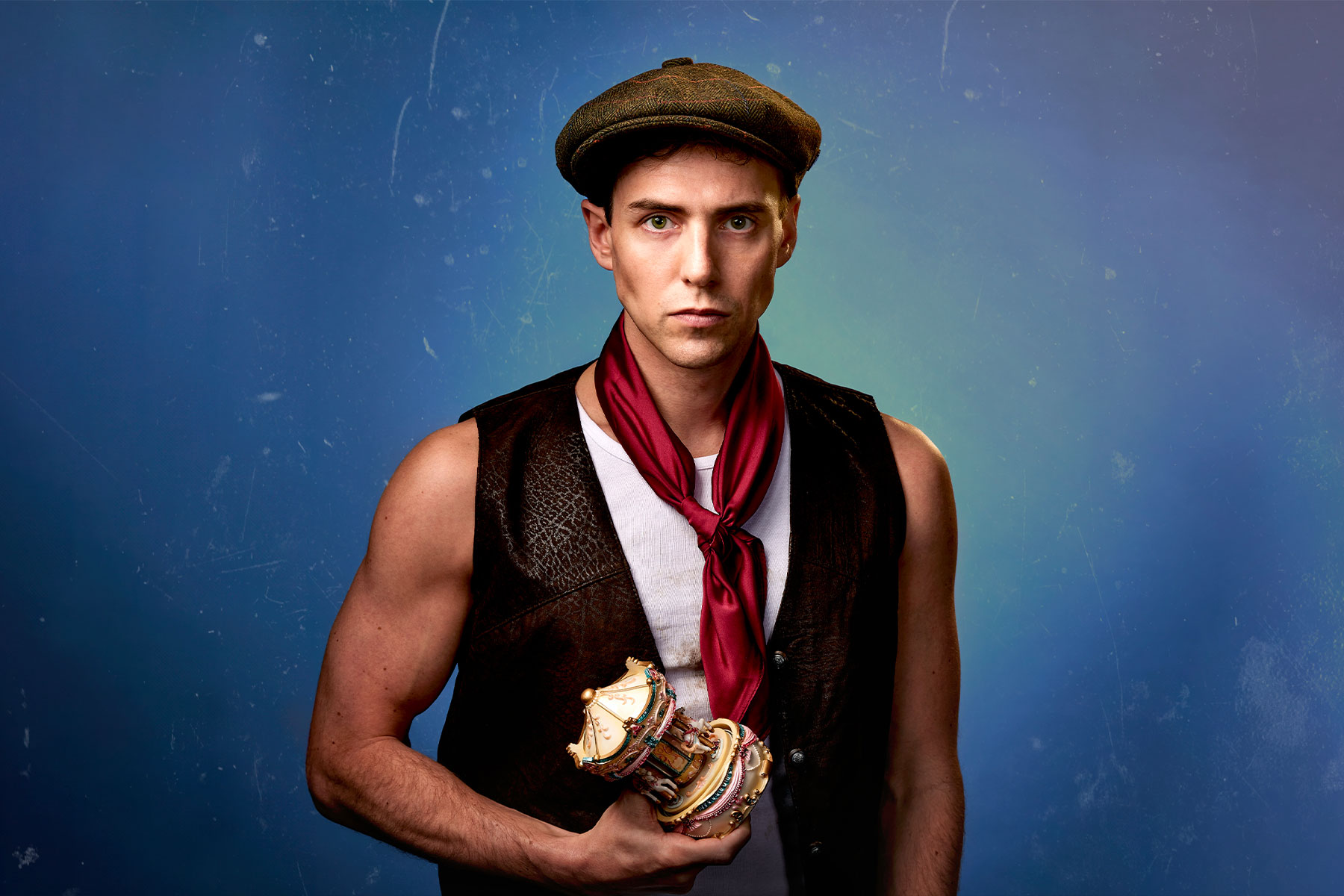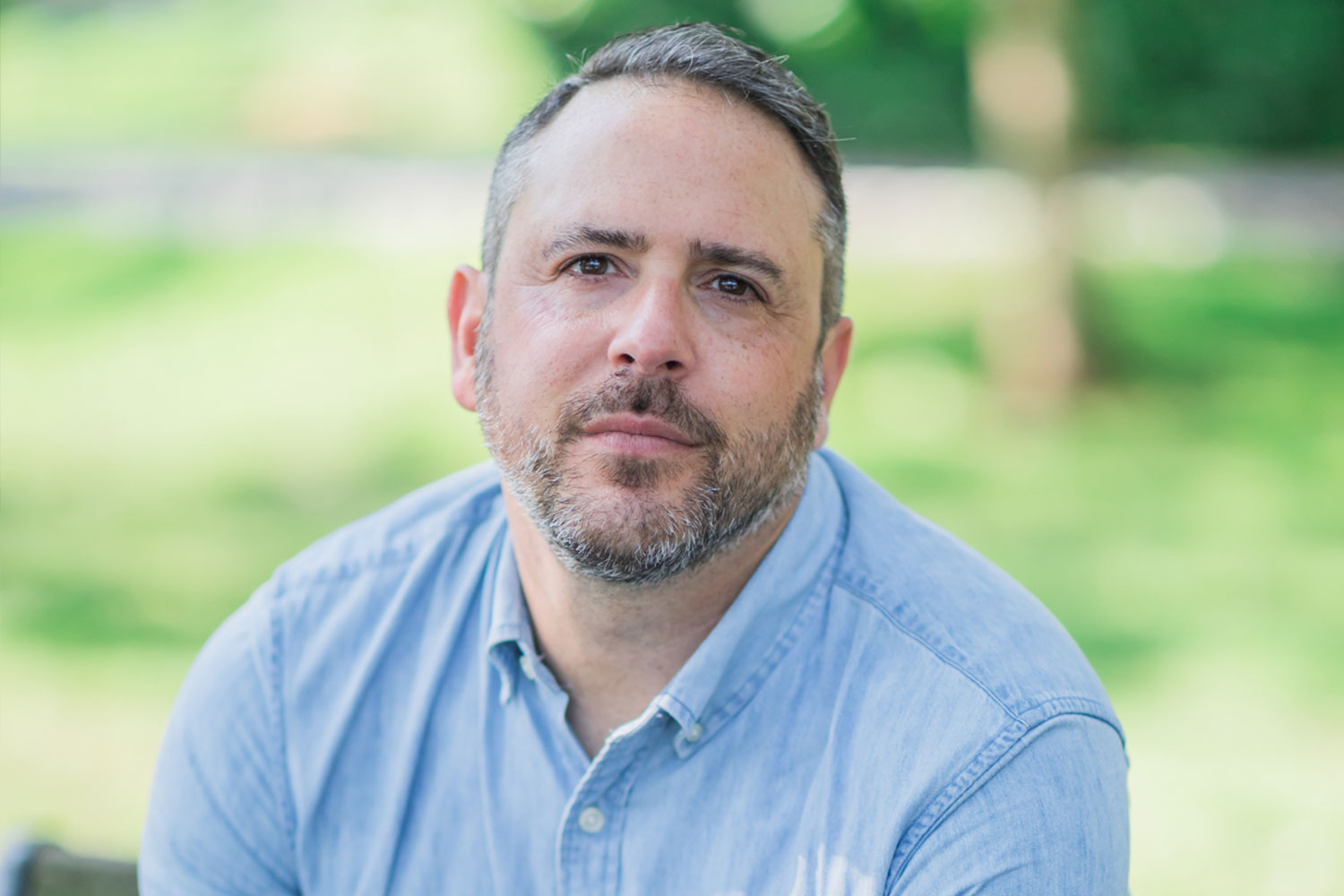Summer Season at Scarborough
"Original writing has been part of the company since it was instigated by Stephen in 1955. When I first arrived, I wanted to put some energy into original writing, but, as I arrived, so did arts cuts, so it took me a while, but now, I’ve got a wonderful energetic young director, Henry Bell, who has come in as my associate to reinvigorate our literary department, so we’re trying to get as much new writing into our programme as possible."
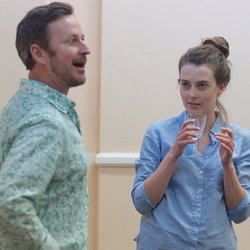
© Tony Bartholomew
That’s Chris Monks, artistic director of the Stephen Joseph Theatre in Scarborough, laying down his philosophy for the company – and the Summer programme at SJT totally fulfils those ambitions. Of course it helps if you have a master at adapting texts for modern performance (Chris himself), possibly the greatest English playwright of his generation as a sort of Director Emeritus (Sir Alan Ayckbourn) and the aforementioned Henry Bell, finding and directing new texts. Chris reckons the Summer season has five premieres; I think he could claim eight!
First up, and currently running, is The Last Train to Scarborough, Chris Monks’ adaptation of Andrew Martin‘s novel, the sixth in his series about Jim Stringer, a detective in the York Railway Police. A fireman has disappeared from a lodging house in Scarborough and Sergeant Stringer must investigate. The adaptation offers a pleasing synchronicity of time and place, being set in Scarborough in the year 1914, just before the outbreak of the First World War, thus affording probably the most oblique of this year’s on-stage commemorations. And the production style promises to be experimental:
"When I read the book, I realised we had to have a convention to indicate the split time scale, so I decided to use video projection – and how do you do that in the round? The answer is to project onto the floor and the images projected help the audience to understand how Jim’s consciousness is being manipulated."
Once into the swing of video filming, incidentally, Chris produced a very atmospheric trailer, with the assistance of production partners the National Rail Museum, and featuring Matthew Booth (who plays Jim) and community actors from York and Scarborough. This is proving popular on the usual social media sites.
Technically Chris cheerfully describes The Last Train to Scarborough as "a white knuckle ride". When it comes to the actors, the decision to limit the cast to five is based on the fact that there are four suspects: all the other characters are played by the four suspects. This chimes with Jim’s hallucinations – which is as far as Chris is prepared to divulge the plot.
After so much success writing and adapting for the stage and given his enthusiasm for the genre, Chris is slightly surprised to find that this is his first foray into adapting crime fiction.
"I’ve never played with something where you have to keep the audience guessing. If you’re doing something like The Railway Children you can remove quite a lot of stuff without losing the thread of the story, but with a thriller, if you take out the wrong thing, you can make a real mess of it. On the other hand I’ve dispensed with quite a few characters so the audience is not overpowered with information.
"Andrew (Martin)’s coming on opening night and he’s not even seen a draft of it – he said he didn’t want to. He said, ‘Do what you like with it’ and I breathed a sigh of relief, but I shall be very nervous when he sees it!"
With Cox and Box – Mrs. Bouncer’s Legacy Chris is on more familiar ground: his bizarre and witty deconstructions of Gilbert and Sullivan (remember The Mikado at Titipu Cricket Club?) are much loved and Cox and Box is adoptive G&S, though F.C. Burnand actually wrote the words. But what exactly is Chris doing to this one-act musical farce?
"My partner was doing the census and she was going round Scarborough to all these B&Bs and cheap accommodation. There were a lot of young men from Poland – and I suddenly thought to myself, ‘Cox and Box is about two young men living in a room – what would that be like today?’ So the second half is a new musical, Boks & Cocks, which I have written with my long-time collaborator Richard Atkinson. It’s set in the same room 150 years later, with a landlord and twin Polish sisters. I’ve got a cast of three, two women and a man, so in Cox and Box the tenants are played by women dressed as men and Mrs. Bouncer, the landlady, is a man in drag!"
As we say every so often in the conversation, experimental can be fun! Chris sees no reason why experimental and accessible shouldn’t go together and points to his illustrious predecessor, Alan Ayckbourn, who is still experimenting with form in his 78th play, Roundelay, which closes the season in September – five related short plays that can be performed in any order – and are! Before that Sir Alan directs a new musical adaptation of his play, The Boy Who Fell into a Book, and Henry Bell directs Screenplay, four half-hour plays written by four emerging young writers, all set in the Odeon Cinema (now the Stephen Joseph Theatre) at four different years in its history.
The plays in Screenplay will be staged both as a full programme and individually and, as an added extra, during August the former Odeon is screening the four films the characters watch in the plays. That’s what you call integrated programming!
Full details of the Summer programme at the Stephen Joseph Theatre on www.sjt.uk.com



